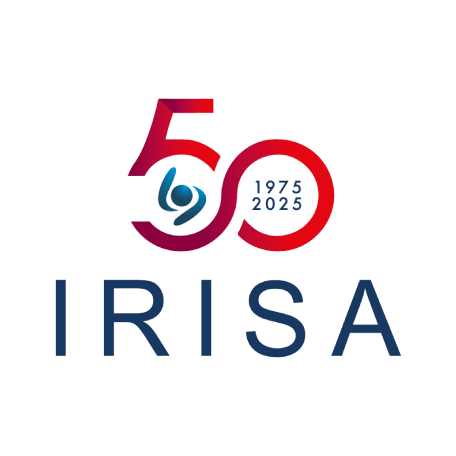IRISA from the beginning

Among the multitude of scientific and structural events that shaped IRISA over the past 35 years, we only list the most important, those that marked the beginning of our activity as a research center between 1970 and 1980.
1970-1972: Driven by an initial core of around ten IT researchers and professors from Rennes, the Université de Rennes became home to a research lab, a computing center, and an education curriculum in IT. In parallel, a decentralization project was launched by I.R.I.A (Institute for Research in IT and Automation) across Brittany, with a special focus on Rennes.
1972-1975: The initiative is approved and adopted by organizations such as the CNRS, the University and the INSA, resulting in partnerships between research teams while optimizing the transfer of people and resources to the Rennes IT hub.
1975: The CNRS Associate Lab (LA 227 – CNRS, University and INSA) becomes the Institute for Research in IT and Random Systems, or IRISA in short, gathering mathematicians and IT specialists.
1975-1980: IRISA paved the way for research into probability models and signal processing in particular, and then image processing and robotics. Teams were formed around varied, equally promising assignments.
1980: The LA 227 and INRIA teams up within IRISA, with a significant expansion in human resources (with 150 persons in 1983) and financial resources.
Since January 1, 2012, IRISA is a mixed research Unit (UMR 6074).
For more detailed information, please feel free to read an extract from Valérie Schafer’s publication “From the Université de Rennes to IRISA: the first ten years of IT research in Rennes (1970-1980)”, Actes du 7e colloque sur l’histoire de l’informatique et des transmissions ("Proceedings of the 7th symposium on the history of IT and transmissions") , Espace Ferrié, Cesson, 16-18 November 2004, Irisa’s publication /Inria Rennes, p. 237-258). Text in french.
Personalities who shaped IRISA: Michel Metivier and Jacques Lenfant.
